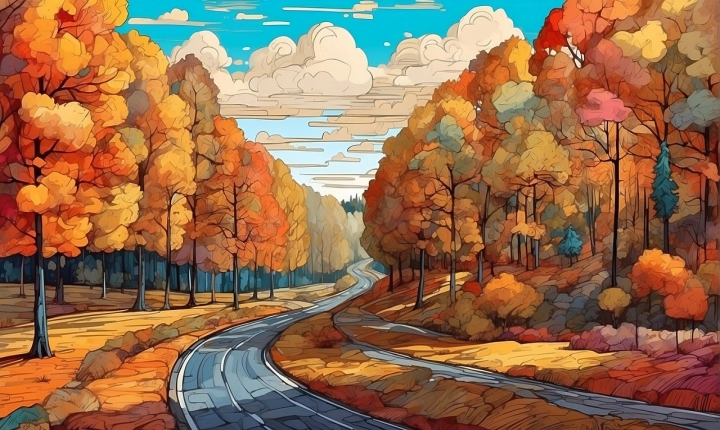Artificial intelligence (AI) has made incredible advancements in image creation, revolutionizing the way images are generated. AI images are created using a variety of techniques and algorithms that enable machines to understand, interpret, and generate visual content. This article will explore the process of creating AI images and the impact it has on various industries.
One of the most prominent methods for creating AI images is through the use of Generative Adversarial Networks (GANs). GANs are a type of neural network that consists of two separate networks, a generator and a discriminator, which work together to produce realistic images. The generator creates fake images, while the discriminator evaluates them to distinguish between real and fake images. Through continuous training and refinement, GANs are capable of generating highly realistic images that are often indistinguishable from those created by humans.
Another popular approach to creating AI images is through the use of convolutional neural networks (CNNs). CNNs are a type of neural network that is specifically designed for image recognition and processing. By utilizing multiple layers of convolution and pooling, CNNs can extract complex features from input images and generate new visual content. These networks have been used in various applications, from style transfer to image generation, and have proven to be effective in producing high-quality images.
Additionally, AI images can also be generated using techniques such as deep learning, reinforcement learning, and autoencoders. These methods leverage the power of large datasets, sophisticated algorithms, and computational power to produce diverse and realistic visual content.
The impact of AI-generated images is significant across several industries. In the field of entertainment and media, AI images are used to create realistic special effects, generate virtual environments, and produce lifelike characters for films, video games, and virtual reality experiences. These applications have revolutionized the way visual content is produced and have opened up new possibilities for creative expression.
In the realm of design and advertising, AI-generated images are used to develop marketing materials, product prototypes, and visual concepts. AI algorithms can quickly generate numerous design variations, helping designers and marketers to explore different options efficiently and creatively.
Furthermore, AI-generated images have also found applications in medical imaging, scientific research, and satellite imagery analysis. These images can assist in diagnosing medical conditions, analyzing complex datasets, and monitoring environmental changes, ultimately contributing to advancements in healthcare, scientific discovery, and environmental monitoring.
As the technology continues to advance, the future of AI image creation holds exciting possibilities. With ongoing research and development, AI systems will likely become even more proficient at understanding and generating visual content, opening up new opportunities for innovation and creativity across various fields.
In conclusion, the creation of AI images represents a remarkable achievement in the realm of artificial intelligence. By leveraging advanced algorithms and neural networks, machines are now capable of producing high-quality and diverse visual content, impacting industries ranging from entertainment and design to healthcare and scientific research. As AI continues to evolve, the potential for creating realistic and innovative images will only continue to expand, ushering in a new era of visual creativity and exploration.
